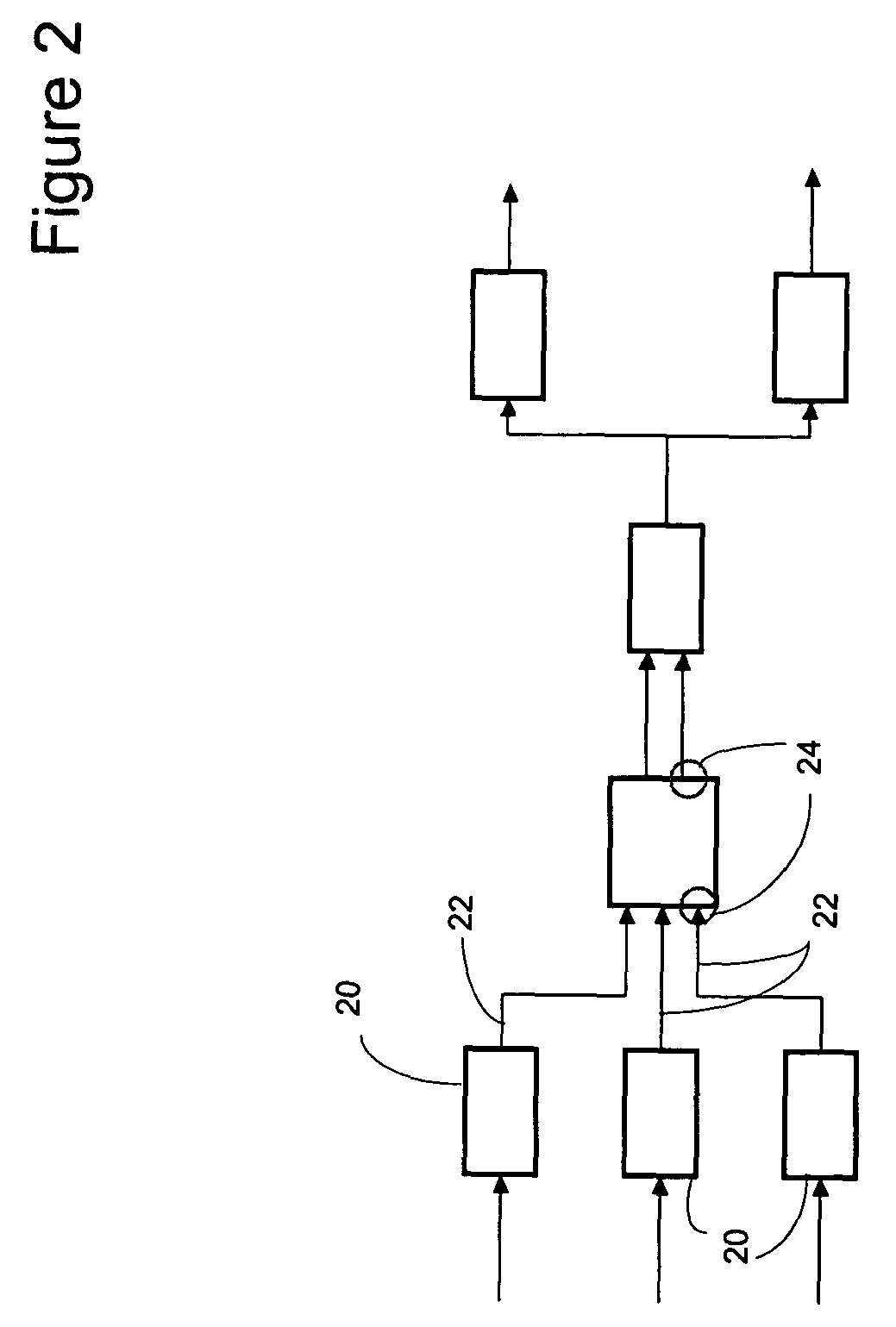System and method for block diagram simulation context restoration
a simulation context and block diagram technology, applied in the direction of symbolic schematics, instruments, cad techniques, etc., can solve the problems of design scenario failure and grossly different behavior
- Summary
- Abstract
- Description
- Claims
- Application Information
AI Technical Summary
Benefits of technology
Problems solved by technology
Method used
Image
Examples
Embodiment Construction
[0053] The illustrative embodiment of the present invention provides a mechanism for saving portions of a simulation or execution engine image at various points in a simulation or execution of a block diagram. The saving of the simulation or execution context in addition to the more traditional saving of the system state information enables the restoration of a simulation or execution that is capable of producing in a subsequent simulation or execution continuing from the point of the saved simulation / execution results identical to those of the initial simulation / execution. The ability to restore more than just system state variables enables a user to run multiple variations of a simulation from a given point without having to replicate the simulation up until the point of the saved initial simulation, and the ability to run multiple iterations of a block diagram execution in a non-simulation execution from a given point without having to replicate the execution of the block diagram...
PUM
 Login to View More
Login to View More Abstract
Description
Claims
Application Information
 Login to View More
Login to View More - R&D
- Intellectual Property
- Life Sciences
- Materials
- Tech Scout
- Unparalleled Data Quality
- Higher Quality Content
- 60% Fewer Hallucinations
Browse by: Latest US Patents, China's latest patents, Technical Efficacy Thesaurus, Application Domain, Technology Topic, Popular Technical Reports.
© 2025 PatSnap. All rights reserved.Legal|Privacy policy|Modern Slavery Act Transparency Statement|Sitemap|About US| Contact US: help@patsnap.com



